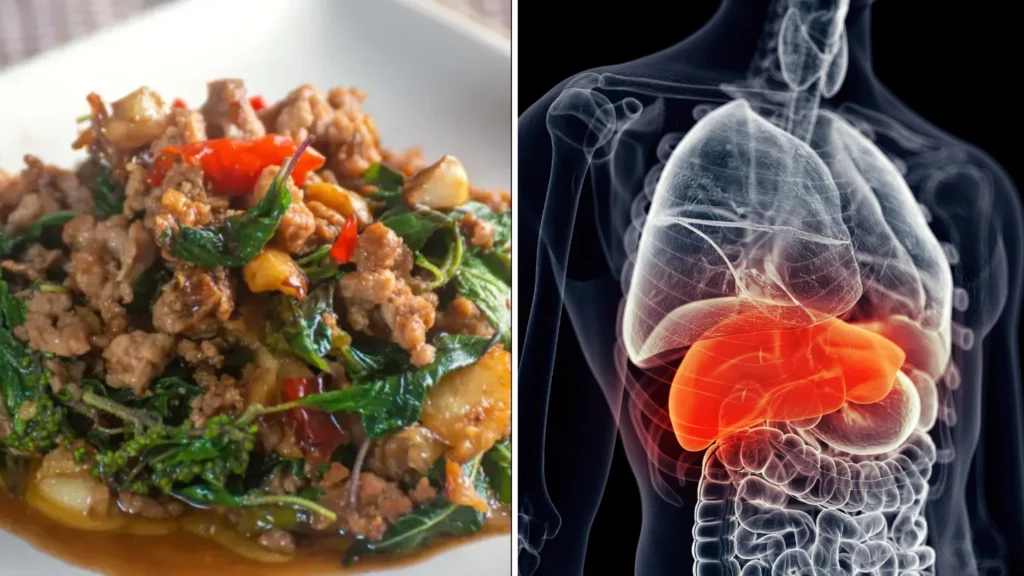A seemingly innocent cuisine enjoyed by inhabitants in remote areas in northeastern Thailand, notably in the Isaan region, has caused major health concerns among medical specialists.
The meal, made from raw fish minced with herbs, spices, and lime juice, has strong cultural origins in Isaan, one of Thailand’s poorest areas.
Koi pla is more than simply a dinner for Isaan residents; it is a family and community ritual that represents persistence and resourcefulness.

However, while many people like this delicacy, experts warn that it conceals a lethal peril that has gone unseen for years.
Dr. Narong Khuntikeo, a liver surgeon from Isaan, has been leading the campaign to increase awareness about the hidden dangers of koi pla.
Dr. Khuntikeo’s goal is very personal both of his parents died from liver cancer after eating this dish.
“It’s a very big health burden around here,” Dr. Khuntikeo told Agence France-Presse, describing the condition as a “silent killer” with symptoms that frequently go unnoticed.
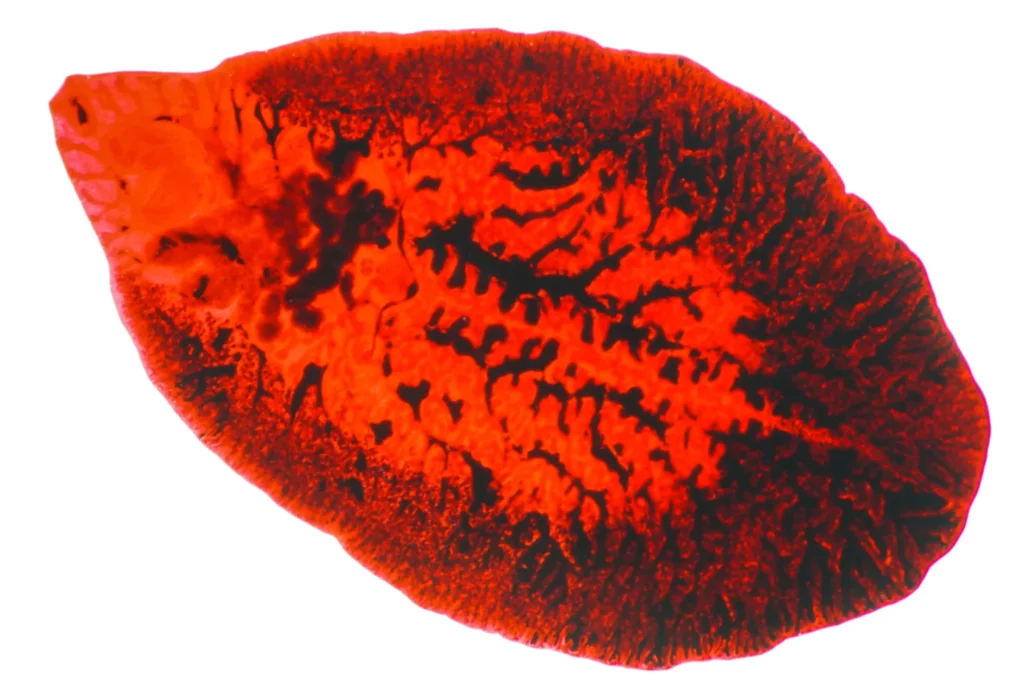
He noted how patients with the condition frequently “die quietly, like leaves falling from a tree,” ignorant of the dangers until it is too late.
The liver fluke, a parasitic flatworm found in freshwater fish in the Mekong basin, is at the root of this health catastrophe.
When swallowed, these parasites settle in the liver, causing inflammation that can progress to bile duct cancer, also known as cholangiocarcinoma.
Isaan today has the terrible distinction of having the world’s highest rates of bile duct cancer, killing over 20,000 people each year.
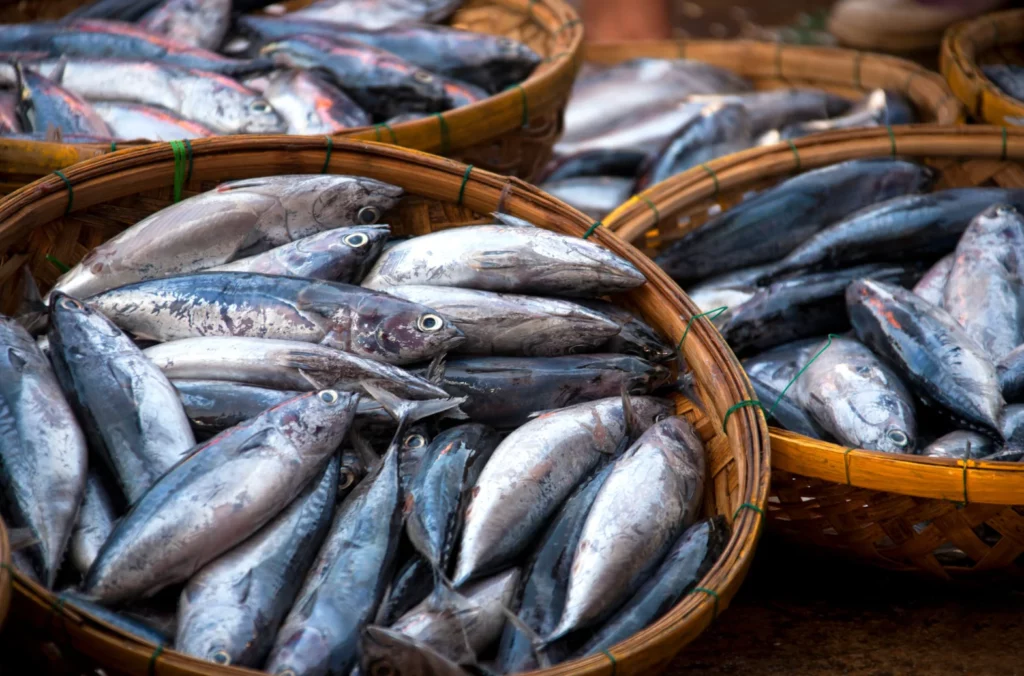
To tackle this, Dr. Khuntikeo, along with scientists and health professionals, has conducted screenings in rural areas.
With ultrasound devices and urine test kits, the researchers discovered startling results.
In certain villages, up to 80% of residents exhibit parasite exposure, with some cases indicating early-stage cancer.
During one screening session, one-third of the participants had liver problems, a concerning indication of the dish’s impact on public health.
Efforts to shift eating patterns, however, have met with substantial opposition, particularly among elderly villagers who see cooking the dish as a departure from tradition.
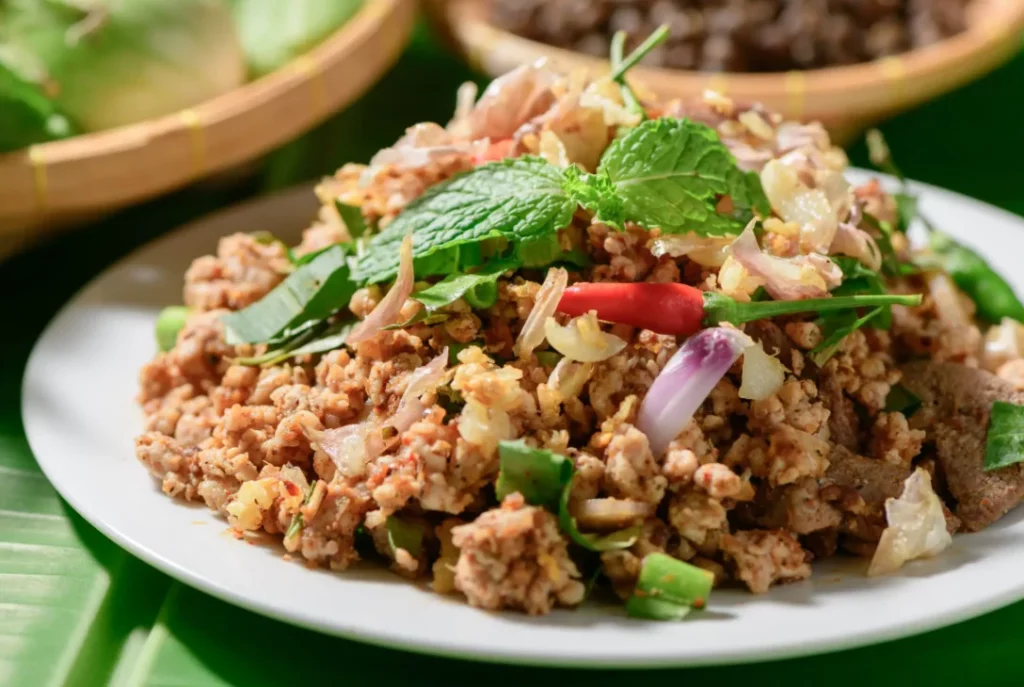
Cooking the fish would effectively eradicate the parasites, but many locals consider the flavor change to be too much of a compromise.
“They’ll say, ‘Oh well, there are many ways to die,'” Dr. Khuntikeo explained, emphasizing the difficulty of breaking these deeply ingrained habits.
Dr. Banchob Sripa of Khon Kaen University’s Tropical Disease Research Laboratory, who has been studying liver fluke infections for almost three decades, provides insight into the disease.
“The liver fluke can make a chemical that stimulates a host immune response – inflammation – and after many years, this becomes chronic inflammation, which then becomes cancer,” he explained.
Dr. Banchob’s team has implemented community-based education initiatives in villages to communicate the risks linked with Koi Pla.
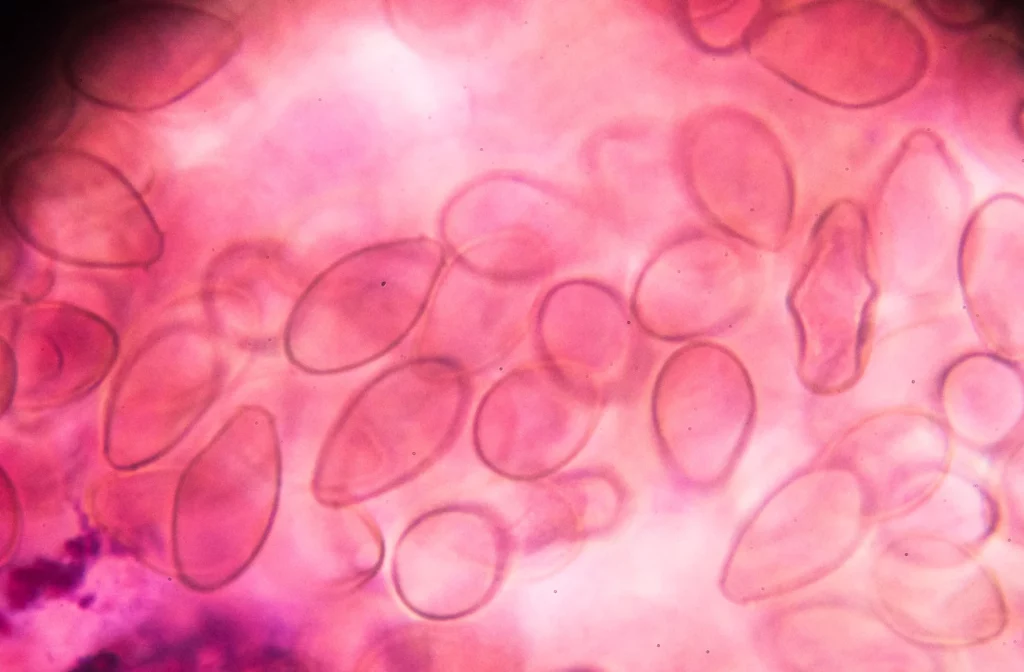
They efficiently deliver the message through culturally appealing approaches such as music and humor, as well as local leaders.
In the Lawa Lake area, where infection rates are among the greatest, they’ve even written songs about the fluke’s life cycle to increase awareness.
In certain areas, these efforts have paid off, with infection rates falling to less than 10%, indicating that views are gradually evolving.
The younger population, in particular, appears to be more open to the message, with many choosing to shun koi carp altogether.
Rattana Sapsombat’s father is suffering an incurable tumor linked to the food.
Reflecting on her father’s situation, she realized that her family had long stopped eating Koi Pla to avoid a similar result.
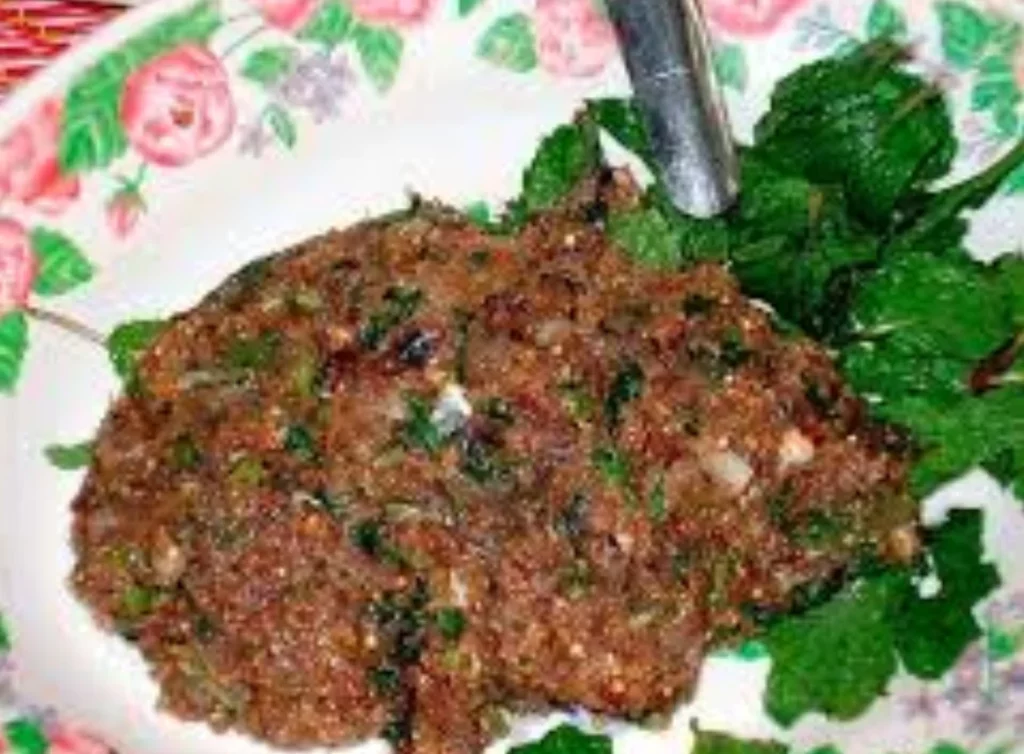
“They understood all too well that the risk of ending up like her father was not worth it,” she stated.
In the end, the issue remains: will tradition prevail over health, or can awareness change this long-held practice?
Dr. Khuntikeo and Dr. Banchob remain optimistic that with continued education, Isaan residents would make informed decisions to protect their health.
As the battle continues, they work to raise awareness about the potentially fatal cost of koi pla one bite at a time.
Featured Image Credit: (Canva Pro)

